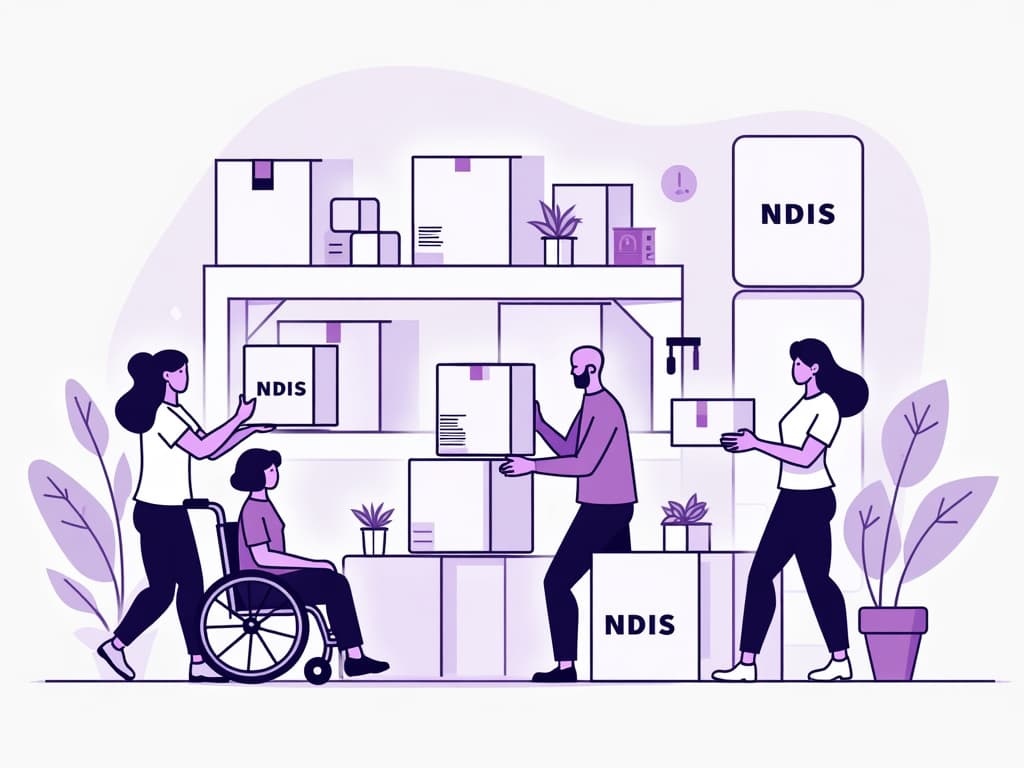NDIS Insight
NDIS
Understanding NDIS Packages: A Comprehensive Guide
Updated 8/4/2025
Explore the different levels of NDIS packages and learn how to make the most of the available supports and funding.
4 min read

NDIS
Disability Support
Funding
Eligibility